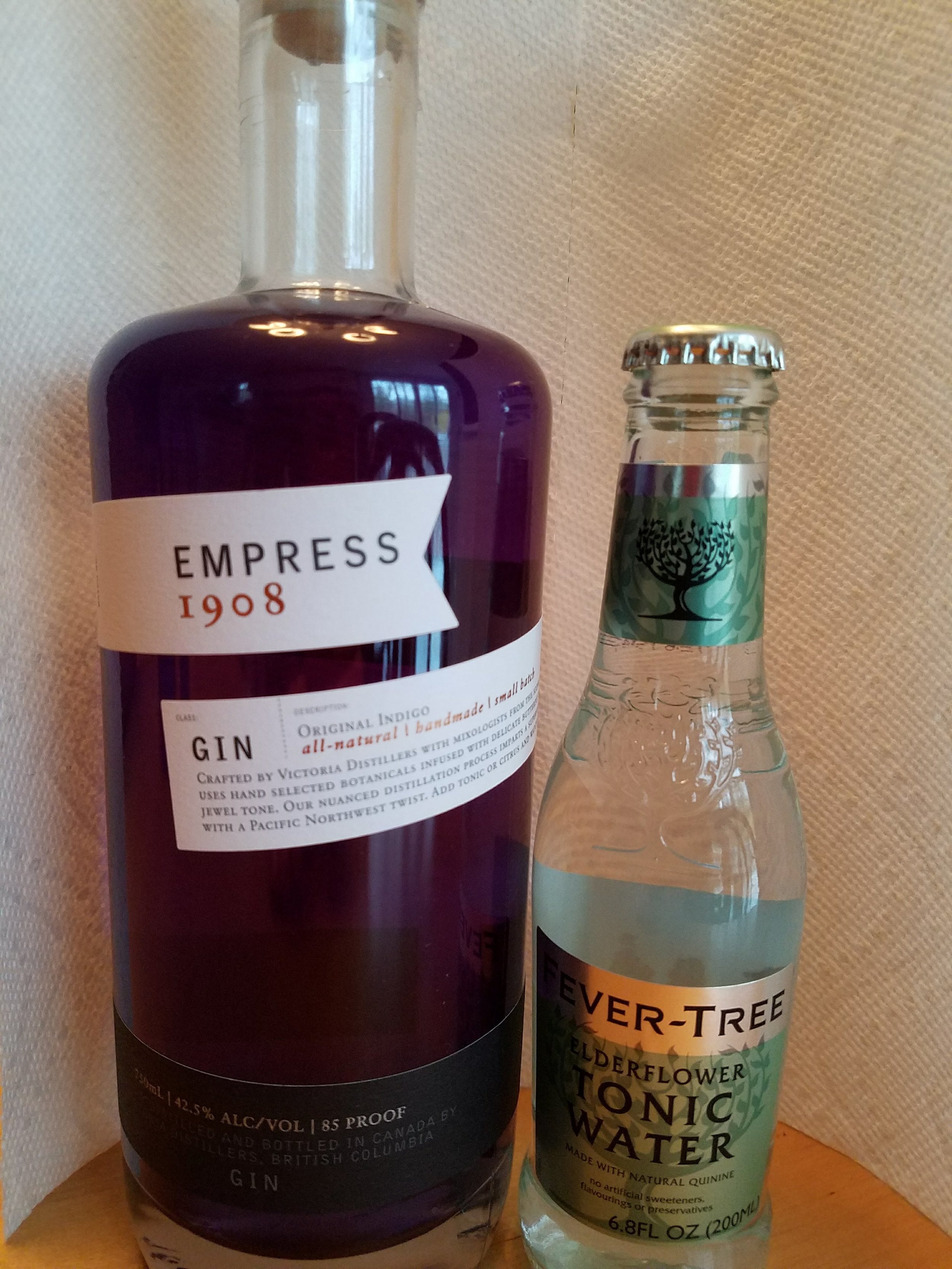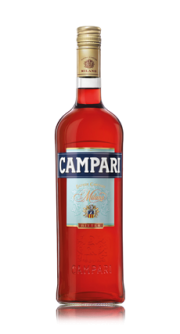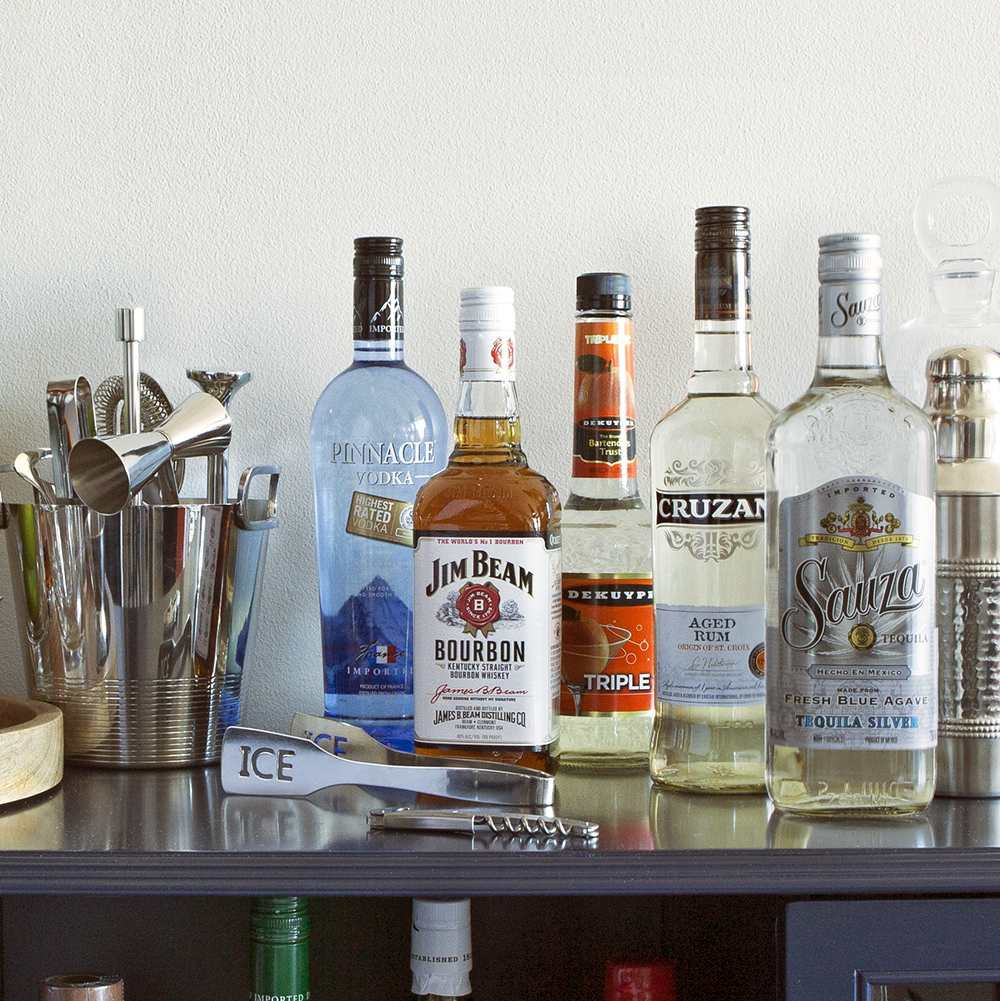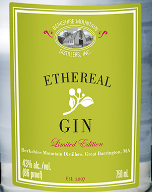Upcoming Wine & Spirits Seminars
For those of you who don’t know, not only do I spend time working on my personal beverage blog, but I also have the glitzy position of Director of Marketing & Education at the Divine Wine Emporium here in the shoreline village of Niantic, CT. With fall coming up, it means we start rounding up guest speakers from different wine and spirits companies to tell good stories and of course, pour samples for us to try.
So let me be a shill and give some press to Divine Wine today. Our calendar is filling up fast, and we are getting the festivities started tomorrow night. The guest speaker programs are typically free, while our in-house educational sessions require a fee of some kind. Here’s a rundown of what we have coming up, and if you are in town give a call to Divine Wine at (860) 691-1053 to RSVP for any of the programs below.
Thursday, September 20th, 7:00pm (Cost: $0): Single Cask Nation & More. Josh Hatton, founder of Single Cask Nation and Northeast Regional Manager for ImpEx Beverage, will be talking whisk(e)y with us. He has seven whiskies in total to share, two of which come from Single Cask Nation. Other products include Kilchoman and Isle of Skye from Scotland and Ohishi from Japan. Josh is a great guy, who I got to know back in March at a trade tasting with Skurnik Wines & Spirits.
Wednesday, September 26th, 7:00pm (Cost: $0): Piazzo Winery. We welcome this outstanding producer of Piedmont wines to the classroom. We already carry the Piazzo Barolo, and we will be tasting a range of other wines from the region (expect this to be a red wine-leaning seminar). Marco, the grandson of Armando Piazzo who is heavily involved at the winery, will be our presenter for the evening.
Wednesday October 10th/17th/24th, 7:00pm (Cost: $100 for the three sessions): Wine 101. The Boss himself, Ken Turcotte, Certified Specialist of Wine and WSET Advanced Level III is running his tremendous foundation wine course that he has taught to nearly 1,000 students over the last 16 years. He covers everything from field to bottle in a fun, casual setting over three Wednesdays in October. The tuition covers all study materials and wines that will be tasted.
Thursday, October 25th, 7:00pm (Cost TBD): Gin Lane 1751. Geoff Curley, founder of Gin Lane 1751, is extremely passionate about gin and works to not only build his brand, but to promote the gin category. He will be offering a full seminar on gin, complete with sampling four products, and providing practical know-how in the form of cocktails, classic and modern.



































